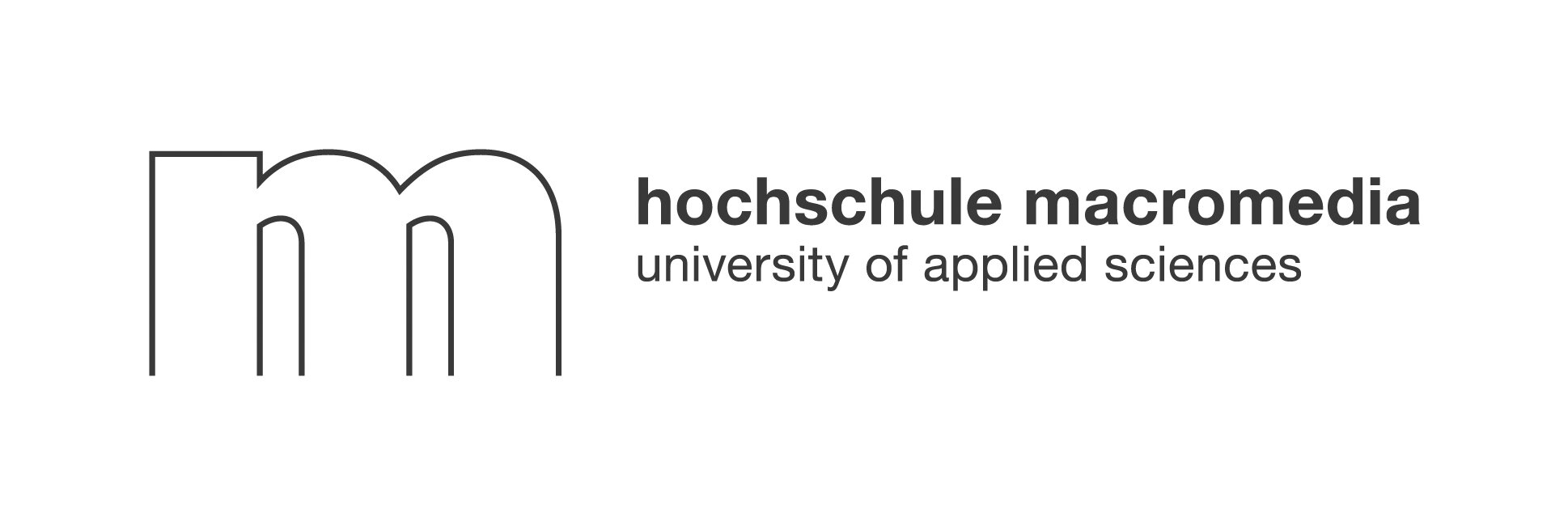In a world where workplace culture can make or break an organization's success, the quest for authentic connection is more pressing than ever. Yet, despite the best intentions, traditional company events often fall flat—leaving employees disengaged and longing for more meaningful interactions. What if the secret to a thriving culture lies not in grand gestures, but in small, intentional moments? This is the heart of cultivating connections through small group activities, and today, we'll explore how AI-driven micro-events are reshaping the way teams bond, collaborate, and grow.
1. Why Human Connection Fuels a Thriving Workplace
A truly engaging workplace is built on real relationships. When employees feel seen, heard, and valued, they're more likely to contribute their best. But what are the pillars that support this kind of connection? As we explore in our guide on building social connections at work, these relationships form the foundation of a healthy workplace culture.
Psychological Safety Comes First
Psychological safety is the foundation of any high-performing team. Employees need to know they can share ideas, admit mistakes, and take risks without fear of embarrassment or retaliation. When leaders model vulnerability and encourage open dialogue, trust flourishes. This environment doesn't just feel better—it unlocks creativity and innovation. For more insights on creating a supportive environment, check out our article on reducing stigma around mental health at work.
Employees must feel comfortable expressing their ideas, taking risks, and even making mistakes without fear of judgment or retribution. Leaders play a crucial role in establishing this trust by actively listening, providing constructive feedback, and celebrating learning opportunities, even when they arise from failures.
— Mark L. Qualls, Dynamic Operations and HR Strategy Executive
Open Communication Loops Build Trust
Transparent, two-way communication is vital. Regular updates, candid conversations, and easy feedback channels help everyone feel included and informed. When employees know their voices matter, trust deepens and collaboration improves.
Recognition and Belonging Reinforce Engagement
Recognition—both formal and informal—boosts morale and reinforces positive behaviors. Celebrating wins, big or small, helps employees feel valued. Belonging grows when people see that their unique contributions are noticed, not just by managers, but by peers as well. Learn more about effective recognition strategies in our comprehensive guide on employee rewards and recognition.
2. The Science Behind Small Group Dynamics at Work

Why do small group activities outperform large-scale events when it comes to cultivating connections? The answer lies in the science of group dynamics.
Optimal Group Size for Meaningful Interaction
Research suggests that groups of three to five people strike the perfect balance: small enough for everyone to participate, but large enough to spark diverse perspectives. In these intimate settings, employees are more likely to speak up, share stories, and build genuine rapport. Large gatherings, by contrast, can feel impersonal and overwhelming—especially for introverts or remote team members. For practical tips on organizing these gatherings, see our guide on organizing small workplace events.
Diversity and Cross-Functional Mix Boost Innovation
Mixing employees from different departments, backgrounds, and roles leads to richer conversations and more creative solutions. Cross-functional small groups break down silos, foster empathy, and encourage fresh thinking. When people connect outside their usual circles, new ideas flourish.
Cultivating Connections: How Small Group Activities Enhance Workplace Culture in Practice
So, how do small group activities translate into real-world impact? Consider the difference between a company-wide pizza party and a curated yoga session for four. In the latter, participants can relax, share experiences, and leave with a true sense of connection. This is the essence of cultivating connections through small group activities in a tangible, lasting way.
| Large-Scale Event (e.g., All-Hands) | Small Group Activity (e.g., AI-Curated Yoga) |
|---|---|
| Dozens to hundreds of participants | 3–5 participants per session |
| One-size-fits-all, impersonal | Tailored to shared interests |
| Passive participation | Active engagement and conversation |
| Easy for introverts to fade out | Everyone has a voice |
| Short-lived connection | Deeper, lasting relationships |
3. Designing Impactful Small Group Activities for Any Team Size
The best small group activities are intentional, inclusive, and designed to spark authentic engagement. Here's how to craft experiences that resonate:
Icebreakers with Purpose, Not Eye-Rolls
Forget awkward games. Purposeful icebreakers—like sharing a personal passion or solving a fun challenge together—create instant bonds. For example, a "Two Truths and a Dream" session invites team members to reveal something surprising and something they aspire to, opening the door to meaningful conversations.
Peer Mentoring Circles That Drive Growth
Mentoring doesn't have to be formal. Small peer circles, where colleagues coach and support each other, foster trust and accelerate learning. These circles can rotate topics, from professional development to well-being, and create a safe space for honest dialogue.
Innovation Sprints to Solve Real Challenges
When small groups tackle real business problems—like brainstorming new products or improving a workflow—they build camaraderie and achieve tangible results. These sprints encourage risk-taking, reward creativity, and demonstrate the value of every team member's input.
4. Remote, Hybrid, or On-Site: Tailoring Connection Strategies to Your Reality
Today's workplace is more flexible than ever, but that flexibility can create distance. How can organizations cultivate connections through small group activities across different work modes?
Virtual Coffee Chats that Feel Authentic
A well-timed, AI-suggested virtual coffee chat with three colleagues can spark spontaneous conversation, even across continents. These micro-meetups mimic the serendipity of office encounters, helping remote workers feel included and valued. For more insights on remote team building, explore our article on managing remote and office teams.
Hybrid Huddles Keep Everyone in the Loop
In a hybrid setup, it's easy for remote employees to feel left out. Regular small-group huddles—where in-office and remote members collaborate on a project or share updates—ensure everyone's voice is heard. The key is to keep these groups small and focused.
Async Collaboration Boards for Flexible Teams
For distributed teams, asynchronous boards (like digital whiteboards or shared idea docs) allow small groups to brainstorm, vote, and comment at their own pace. This flexibility supports different time zones and work styles while keeping everyone engaged.
5. Overcoming Common Roadblocks — From Pizza Party Fatigue to Zoom Burnout
Even the best intentions can fall flat if the format doesn't fit. What are the pitfalls, and how can they be avoided?
Replacing Forced Fun with Authentic Engagement
Mandatory fun—like scheduled pizza parties or large, scripted events—often feels inauthentic. Employees may show up, but real connection is rare. Instead, offer opt-in, interest-based micro-events that let people choose how and when they engage.
Supporting Both Introverts and Extroverts
Not everyone thrives in the same social settings. Small group activities provide a low-pressure environment where introverts can shine and extroverts can connect deeply. The key is variety—mixing formats, topics, and participation styles so everyone feels comfortable.
Common Pitfalls of Traditional Events
- Impersonal, "one-size-fits-all" approach
- Overwhelming group sizes
- Lack of follow-up or continuity
- Scheduling conflicts and low turnout
- Disconnected from employee interests
6. Measuring Cultural Lift: Metrics That Prove Your Efforts Work

How do you know if cultivating connections through small group activities is making a difference? It's all about tracking the right signals.
Engagement Surveys That Matter
Regular, targeted surveys can reveal how employees feel about their connections, sense of belonging, and overall engagement. Look for questions that go beyond satisfaction to probe trust, inclusion, and team dynamics. According to Gallup's State of the Global Workplace report, organizations with high employee engagement see 23% higher profitability.
Participation Analytics You Can Act On
Track which activities draw the most interest, how often employees participate, and the diversity of groupings. AI-driven platforms like Neroia can provide anonymized analytics to help HR leaders fine-tune offerings for maximum impact.
Story-Based ROI to Win Executive Support
Numbers matter, but stories persuade. Collect testimonials and anecdotes from employees about how small group activities changed their work experience. Use these stories to build executive buy-in and sustain investment. The Harvard Business Review emphasizes that small wins can lead to significant cultural transformation.
7. From Idea to Habit: Rolling Out a Sustainable Small Group Program
Turning cultivating connections through small group activities from a one-off project into an enduring habit takes planning and commitment.
Leadership Sponsorship and Realistic Budgets
Executive buy-in signals that connection is a true priority. Leaders should participate, champion the cause, and allocate resources for ongoing activities—not just annual events. A realistic budget covers not only activities but also the technology and time needed to keep the program thriving.
Continuous Improvement Loops to Keep Momentum
Culture isn't static. Regularly review what's working, invite feedback, and evolve your approach. AI can help by analyzing participation trends and suggesting new activity formats based on employee preferences.
Best Practices for Sustainable Programs
- Secure leadership sponsorship and visible participation
- Set clear goals and track progress
- Use AI-driven tools for personalized recommendations
- Offer a mix of in-person and virtual micro-events
- Celebrate milestones and share success stories
How Neroia Is Revolutionizing Workplace Culture
Neroia is at the forefront of leveraging technology to make cultivating connections through small group activities a reality. By harnessing artificial intelligence, Neroia's platform effortlessly recommends micro-events—like yoga sessions, cycling meetups, or cultural exchanges—tailored to employees' interests and schedules. Whether your team is remote, hybrid, or on-site, Neroia breaks down barriers and sparks genuine engagement.
A recent pilot saw employees joining AI-curated yoga sessions and company runs, coordinated through Neroia's secure chat. These intimate gatherings, typically three to four participants, replaced large, impersonal events and led to increased well-being, collaboration, and productivity. The platform's anonymized analytics help HR leaders measure impact while maintaining privacy and trust.
Fostering social connections in the workplace isn't just about creating a fun or pleasant environment—it's about building a foundation for success. By prioritizing social connections, employers can cultivate a workplace culture where employees feel valued, supported, and inspired to do their best work.
— W3 Insurance Blog
Neroia's commitment is clear: to shift the focus from forced, large-scale gatherings to authentic, AI-powered micro-events that nurture real relationships. By integrating seamlessly with existing programs, Neroia offers a flexible, employee-centric solution that adapts as your culture evolves. Research from MIT Sloan Management Review shows that AI-driven social connections can significantly improve team cohesion and productivity.
Conclusion: The Future of Workplace Connection
Cultivating connections through small group activities is more than a trend—it's the pathway to a resilient, innovative, and joyful workplace. As organizations move beyond pizza parties and Zoom marathons, small group activities, powered by AI-driven culture building, are setting a new standard for engagement.
Whether you're leading a distributed team or revitalizing an on-site workforce, the key is to create opportunities for authentic connection—one small group at a time. With platforms like Neroia, the future of workplace culture is bright, inclusive, and built on the simple power of belonging.




